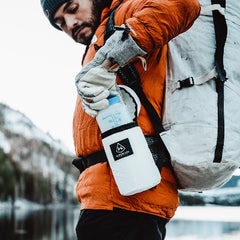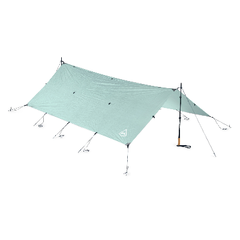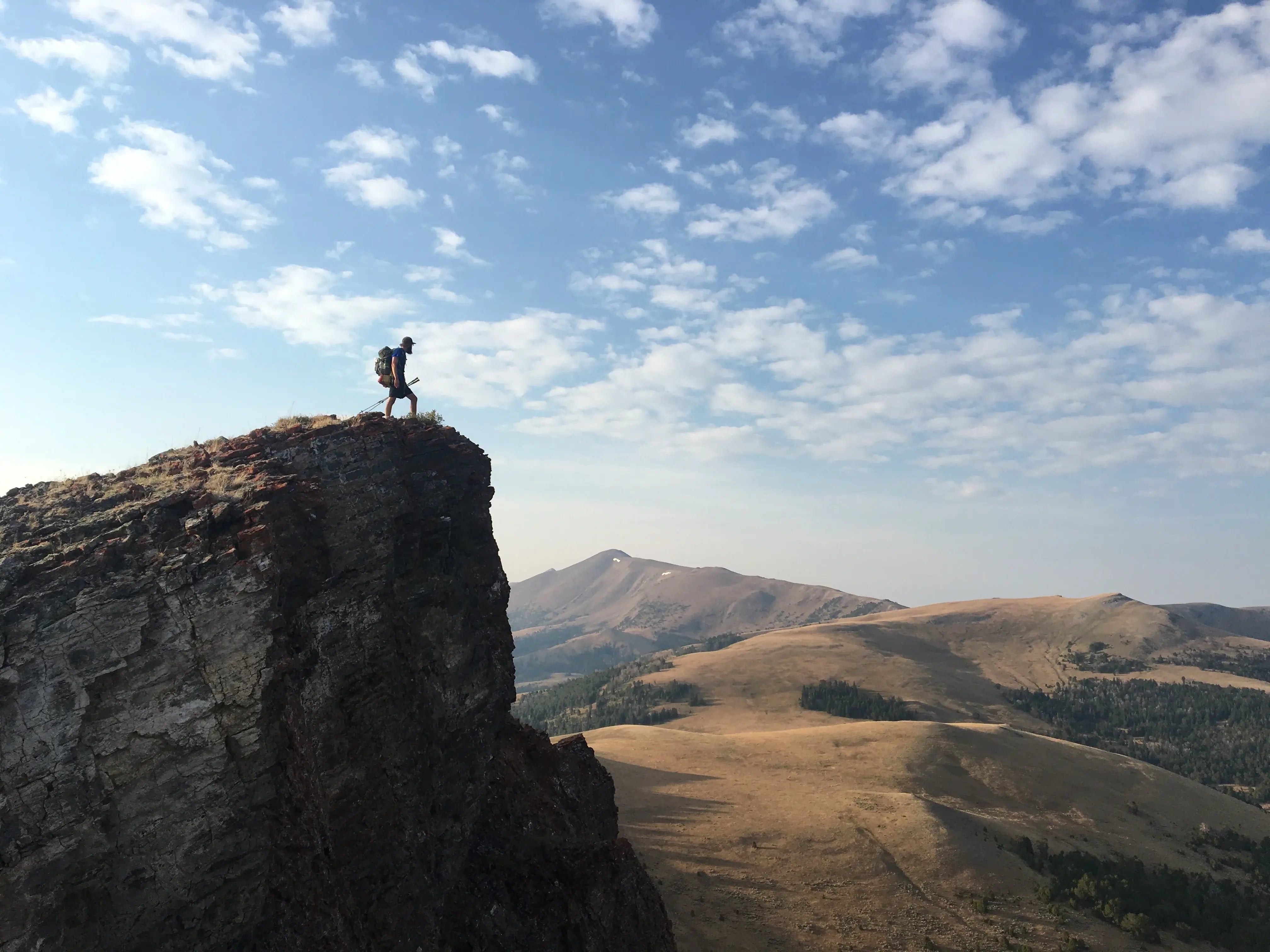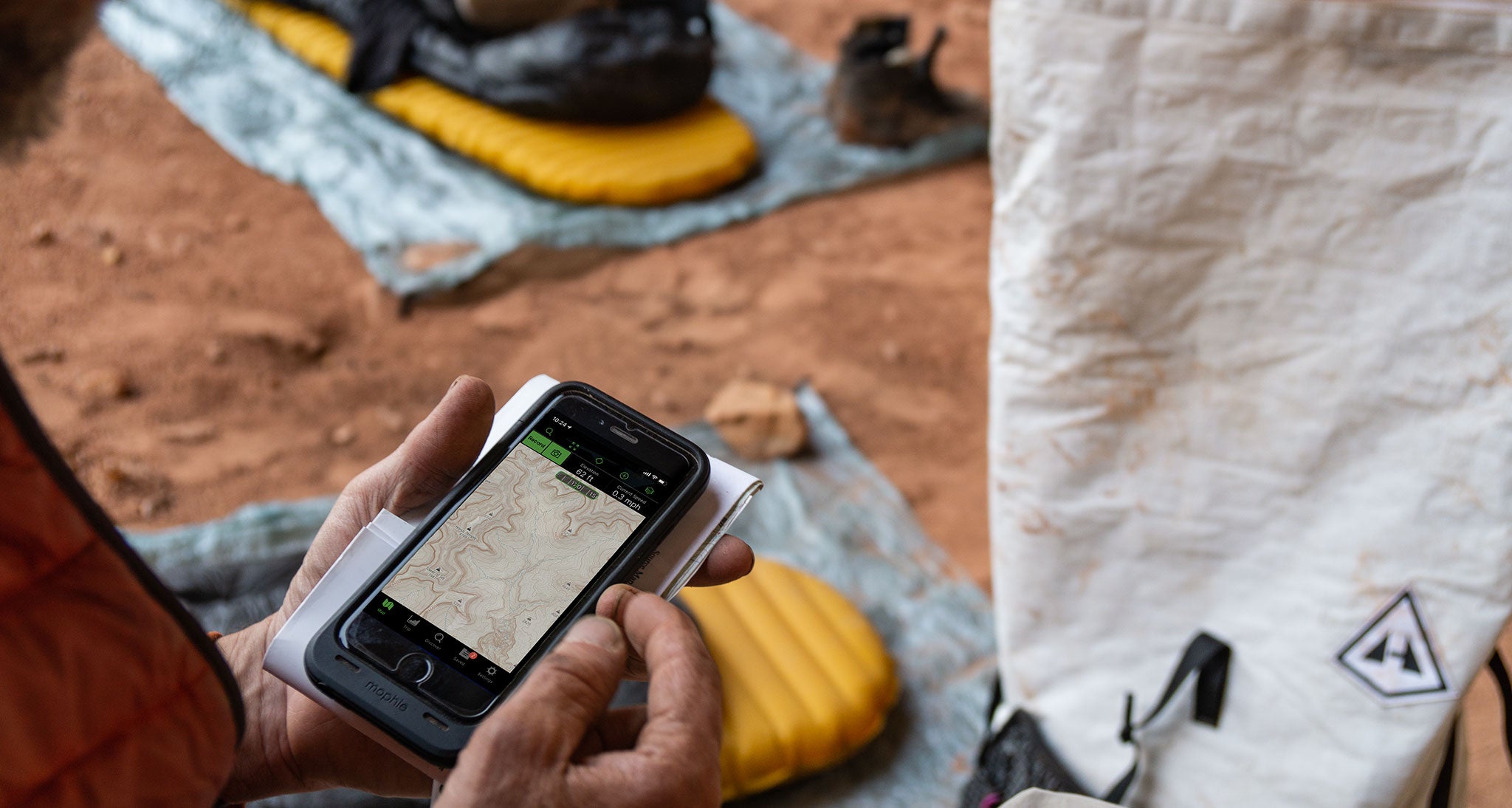Words and Photos from Bjørn Olson
Any time spent on the Hyperlite Mountain Gear blog or website will quickly reveal that we have some very talented photographers from all over the globe in our family. There are a million ways to document a place or people and a moment in time, but a great photographer captures it all while telling you a little bit about themselves, too. We’re pleased to introduce you to Bjørn Olson. Read on to find out how Bjørn approaches his craft and gain a few skill-building tips and nuggets of wisdom in the process.
Name: Bjørn Olson
Residence: Homer, Alaska
Years Shooting: 13
Favorite Location(s) to Shoot: Remote Alaskan winter trails
Camera Setup: Canon 5D MKIII, Canon 1Dx MKII, with Canon L series glass (most often 24-70mm II USM f/2.8 and 70-200mm L IS II f/2
What got you into photography, and what keeps you at it?
My dad was a photographer, and as a kid, I loved reviewing his work, which often bordered on professional. I learned how to develop black and white film when I was in junior high, but my deeper interest in photography didn’t come until later.
During my first decade as a wilderness adventurer, I would often carry a point-and-shoot camera, but I became frustrated with my inability to translate much of what I saw or wanted to capture with that limited technology. This was the motivation that finally propelled me to take photography more seriously and is what continues to motivate me.
Many of the places I explore here in Alaska are remote and hard to reach. I often assume that I will never have an opportunity to see many of those areas again. Doing my best to capture a mood, sense of place, culture, or to translate what the experience of being in a unique region is like is invigorating and something I try to take seriously while on trips.

Out in the wild, what are the elements in a setting that will stop you in your tracks and make you grab your camera?
Before I head out on a backcountry adventure, I will often consider something that I want to learn about or will have an idea for an end product, like a film or a slideshow. This is not always the case, but I find that when I do take the time to perform this pre-trip mental exercise, I do a better job of holding myself accountable while underway. It’s easy to tell yourself to screw the camera when the going is tough, or the camera is buried in the pack, or any number of excuses not to get the shot. When I know that I have an end product in mind, I find it easier to accept that taking time to document is as important as being there.

What elements will you wait or hunt for? Where and why?
Although wildlife photography isn’t my forte, I love stalking animals and trying to put myself in a position to capture them in their element.

If you couldn’t use words to describe what kind of photographer you are–you could only share one of your photos–does one come to mind? Why? Where was it taken? Describe the scenario.
Difficult question, and there’s a strong chance that I’ll think of a better example at a later date and regret my current choice. However, one that comes to mind is a shot of my partner, Kim McNett, riding her fat bike on the Iditarod Trail. On that trip, we were plagued by ferocious winds. Often, we both find it difficult to relate to friends and others’ what our experiences were like. This one photo, for me, helps capture a sense of what it is like to ride a fat bike in the sub-Arctic during a blizzard.

You can pass five short tips on to aspiring shooters. Go.
- One of the biggest assets to living in the modern world is the easy access to tutorials and online resources. My number 1 tip is to steep yourself in them. There are many fantastic books by master photographers, and I love reading about how they approach their craft, even if their style and subject matter are different from my own.
- While underway and out in the backcountry, it’s important to protect expensive cameras, lenses, batteries, and other technology. I always carry my camera in a drybag. On winter or sub-freezing trips, I often leave my camera outside in the drybag unless I know that I will be indoors for a prolonged period of time. If the camera warms, moisture will condense on and within the lens, which can take a long time to dissipate. When I bring my camera indoors, I leave it in the drybag until it has reached room temperature. This mitigates the condensation.
- I personally like to shoot with manual settings, but on trips, when I often need to capture something in a hurry or don’t want to waste time, I will often leave one aspect of the camera on auto. Most of the time, when the light is constantly changing, I leave the ISO on auto.
- I always attempt to make a point of remembering what my shutter speed, aperture, and ISO settings are when I put my camera away. Before I reach for the camera for the next shot, I already know which setting might need to be changed, and I consider the changes that need to be made before I have the camera out.
- Lastly, I use a DSLR, and when I am underway, I never turn the camera off. Every time my camera turns off, it undergoes a sensor cleaning, which eats up battery life and is unnecessary if I have not changed lenses. Also, leaving it on means, I can get the shot faster.
Where can we see more of your work?
I can also be found on Instagram under the handle, @fatbikebjorn and on Facebook @alaskabjornfilms


















